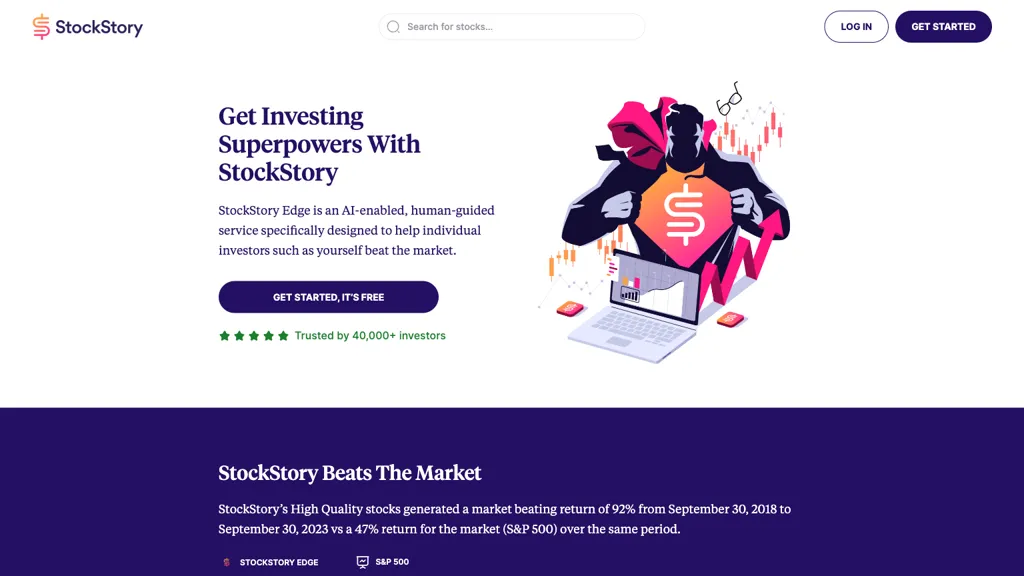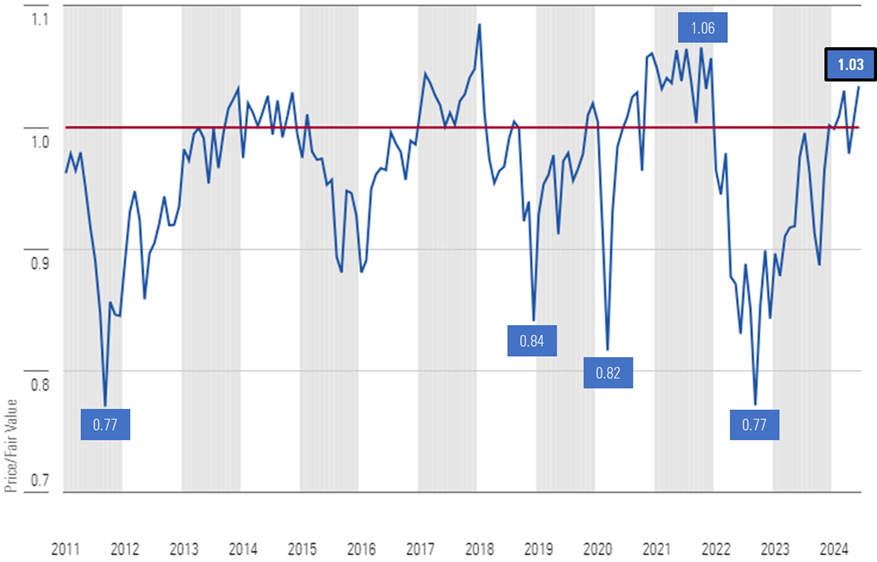Top 10 Tips To Assess The Integration And Compatibility Of Ai-Based Stock Predicting/Analyzing Trading Platforms
Integrity and compatibility are the most important elements to be considered when evaluating AI stock forecasting/analyzing trading platforms. Platforms that integrate seamlessly with the existing workflows, tools, and systems can enhance efficiency and productivity. Here are the 10 best ways to evaluate the compatibility and integration between these platforms.
1. Check Brokerage Integration
Make sure that your platform is integrated seamlessly with the brokerage or trading service you would like to use.
Trade execution: Determine if the platform supports direct trade execution through the integrated broker.
Account synchronization - Check to see if the platform you are using can synchronize accounts' balances, transactions and positions in real time.
2. Examine the availability of APIs
API access: Ensure that the platform offers an API (Application Programming Interface) that lets developers create customized tools and automate workflows.
API documentation - Make sure that API's examples and usage examples are well documented.
Rate limits: Find out the appropriate rate limits on the API and if it can handle your anticipated usage volume.
3. Integrating Third-Party Tools
Popular Tools: Make sure the platform has integrations with other software, like Google Sheets and Excel.
Export and import of data: Ensure that the platform permits easy export and import of data from and to other tools.
Extensions/Plugins: Make sure that your platform is compatible with plugins or extensions to provide added functionality.
4. Test Compatibility for Operating Systems
Desktop compatibility - Ensure that the platform you choose is compatible with Windows, macOS and Linux.
Mobile compatibility: Determine if there is a mobile application that works with iOS or Android.
Web-based Access: Make sure you can access the platform using a browser, which will allow you to be more flexible.
5. Assess Data Integration Capabilities
Data sources - Check that the platform can be linked to different sources of data (e.g. news feeds or market data, and sentiment on social media).
Real-time feeds of data Find out if the platform permits for real-time integration of data in order to give the most current analysis.
Import historical data: Determine if the platform allows importing historical data for backtesting or for analysis.
6. Assess Cloud and On-Premise Compatibility
Cloud-based platforms: Make sure the platform is accessible from any location with an internet connection.
Solutions on-premise: If prefer on-premise deployment, verify that the platform you are using supports it.
Check the hybrid model. It is a hybrid model that combines on-premise and cloud capabilities.
7. Make sure that you have Cross-Platform Synchronization enabled.
Device synchronization: Ensure that your platform is synchronized to sync settings and data across all devices (desktops, mobiles, tablets).
Verify real-time updates to see if any changes made by one device will reflect immediately to the other.
Offline access - Check whether you are able to access information or have limited access to functions in the event that the platform isn't accessible.
8. Assess the Compatibility of Trading Strategies
Algorithmic or automated trading: Verify that the platform you use for trading supports these strategies.
Custom indicators: Check if your platform supports indicators or scripts that are unique to you.
Strategy backtesting: Check whether the platform can be used for testing trading strategies back using historical information.
9. Examine Security and Compliance
Data encryption - Ensure that your platform is using encryption for all data, at all times, including when it is in rest.
Validation: Determine whether the platform supports authenticated methods that are secure (e.g. two-factor authentication).
Regulatory compliance: Check if the platform meets relevant laws (e.g., GDPR, FINRA, SEC).
10. Test Scalability and Performance
Scalability - Make sure that the platform you choose can accommodate your increasing requirements in terms of data and data.
Performance under stress: Check whether your platform can adapt to high volatility market conditions.
Utilization of resources: Make sure that the platform is using system resources effectively (CPUs, memory, bandwidth).
Bonus Tips
Feedback from users: Read reviews of users and testimonials to gauge the platform's integration capabilities.
Free Trial: Test the integration of the platform with existing workflows and tools by using trial or demo.
Customer support: Ensure that the platform offers a robust support in case of integration issues.
By following these tips to evaluate the compatibility and integration of AI stock predicting/analyzing trading platforms, ensuring they work seamlessly with your existing systems, and improve the efficiency of your trading. View the top best ai trading app url for blog advice including ai stock market, ai for investing, ai trading, incite, ai stock market, ai for stock trading, ai investment platform, ai investment app, ai investment app, ai trading and more.

Top 10 Tips On Assessing The Scalability Of Ai Platform For Analyzing And Predicting Trading Stocks
To ensure that AI-driven stock trading and prediction platforms can scale, they must be able to cope with the growing volume of data and the increasing complexity in markets, in addition to the demands of users. Here are top 10 tips on how to evaluate scalability.
1. Evaluate Data Handling Capacity
TIP: Make sure that the platform you are considering can process and analyze large datasets.
Why: Scalable platform must be capable of handling the increasing data volume without performance degradation.
2. Test the capabilities of Real-Time Processing
Check the way the platform handles real-time data streams, such as news and stock prices.
Reason trading decisions are taken in real-time. Delays can lead traders to miss out on opportunities.
3. Examine the Cloud Infrastructure for Elasticity
Tips. Check if the platform is using cloud-based infrastructure such as AWS, Google Cloud and Azure, which can scale resources on demand.
Why: Cloud-based platforms provide the flexibility. They allow the system to be scaled up and down based on the need.
4. Algorithm Efficiency
Tip: Evaluate the computational efficiency of the AI models (e.g., deep learning, reinforcement learning, etc.)) that are used to make predictions.
The reason: Complex algorithms can consume a lot of resources. Optimising them is essential to scale them.
5. Find out more about Parallel Processing and Distributed Computer Systems
Tip: Check if the platform leverages distributed computing or parallel processing frameworks (e.g., Apache Spark, Hadoop).
What are they: These technologies facilitate more efficient data processing and analysis across many nodes.
Examine API Integration, and Interoperability
Test the integration capabilities of the platform by using APIs from outside.
The reason: Seamless Integration guarantees that the platform is able to quickly adapt to new data sources, trading environments, and other factors.
7. Analyze User Load Handling
Try simulating traffic volumes that are high to test how your platform performs.
Why: A scalable platform will provide performance even when the number of users increase.
8. Evaluation of Model Retraining and adaptability
Tip: Evaluate how frequently and efficiently AI models are being trained with new data.
Why: Because markets always change, it is important to ensure that models are up-to-date.
9. Examine fault tolerance and redundancy
Tip: Ensure the platform has failover mechanism and redundancy to handle hardware or software failures.
Why: Trading can be expensive So the ability to handle faults and scale are vital.
10. Monitor Cost Efficiency
Review the costs involved in scaling up the platform. This includes cloud resources and data storage, as and computational power.
Why is it important to maintain a healthy balance between expenditures and costs for performance.
Bonus Tip: Future-Proofing
Platforms must be designed to incorporate new technologies such as quantum computing and advanced NLP. They must also be able to adapt to changes in regulation.
You can evaluate the capacity and effectiveness of AI trading and stock prediction systems by looking at this aspect. This will guarantee that they're efficient and robust, capable of growing. Have a look at the top read full report for trading ai tool for website recommendations including ai software stocks, how to use ai for copyright trading, stocks ai, ai in stock market, free ai tool for stock market india, ai stock prediction, ai options, ai stock trader, ai options trading, ai stock investing and more.

Comments on “20 Best Facts For Selecting AI Stock Trading Platform Sites”